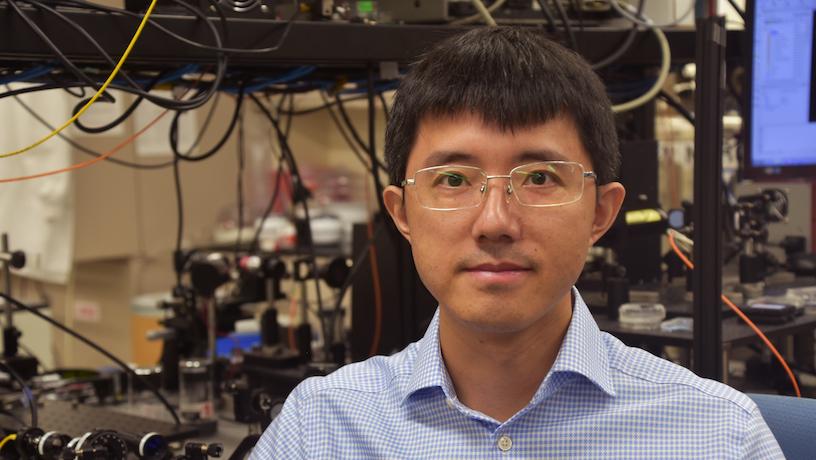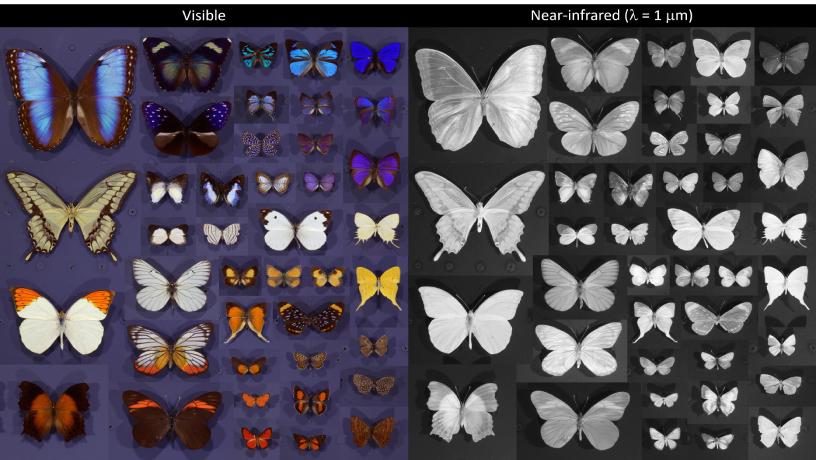Nanfang Yu Receives $1.25M to Study Nanostructures in Butterfly Wings
The experimental physicist will use the award from the Gordon and Betty Moore Foundation to explore the optical properties of nanostructures in the wings of butterflies and moths.

Nanfang Yu
The Gordon and Betty Moore Foundation has awarded Nanfang Yu, associate professor of applied physics and applied mathematics, a $1.25 million grant through the Experimental Physics Investigators (EPI) Initiative. This initiative is designed to support outstanding physicists to advance the scientific frontier in experimental physics through innovative, high-risk research.
Over the next five years, Yu and colleagues from Harvard’s Museum of Comparative Zoology will conduct a systematic characterization of the structural and optical properties of butterfly and moth wings. This ambitious research will be based on tens of thousands of specimens from the Museum, including representatives of more than 500 species from all seven butterfly families, as well as representative species from over 100 families of moths. The project will reveal physical adaptations for the survival of the insects and uncover mechanisms through which nanostructured materials control light waves, from the ultraviolet to the infrared.

"Why are butterflies uniformly bright under near-infrared light?" is one of many problems that the Moore EPI project will investigate. Credit: Cheng-Chia Tsai
In his 1863 book, The Naturalist on the River Amazons, Henry Walter Bates wrote, “on these expanded membranes [butterfly wings] Nature writes, as on a tablet, the story of the modifications of species.” We know today indeed that over the course of hundreds of millions of years, physical constraints (e.g., thermoregulation, prevention of UV damage) and requirements to fulfill biological functions (e.g., flight, sexual selection, warning coloration, camouflage) have acted jointly and resulted in a diversity of finely tuned structural and optical features.
“All these features are juxtaposed over butterfly wings, so studying the wings is akin to deciphering an encoded book,” Yu says.
The researchers will leverage developments in computational electromagnetism and deep learning to enhance the efficiency of “deciphering” the butterfly and moth wings. They will analyze the data through the lens of the life history and evolutionary history of butterflies and moths to maximize discoveries of novel materials and structures for bio-inspired design that address energy and environmental challenges. The research could lead to the development of nanomaterials that enable microclimate regulation, energy harvesting, and soft robotics.
